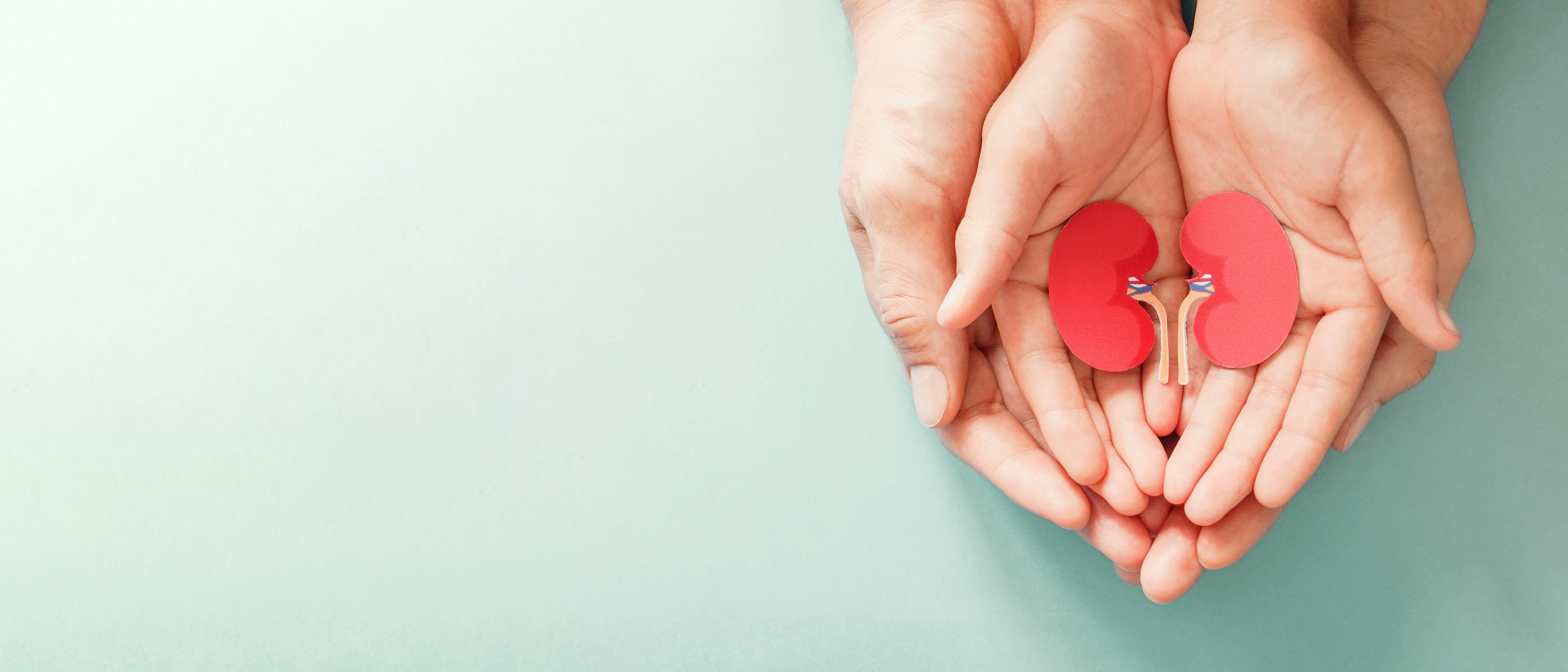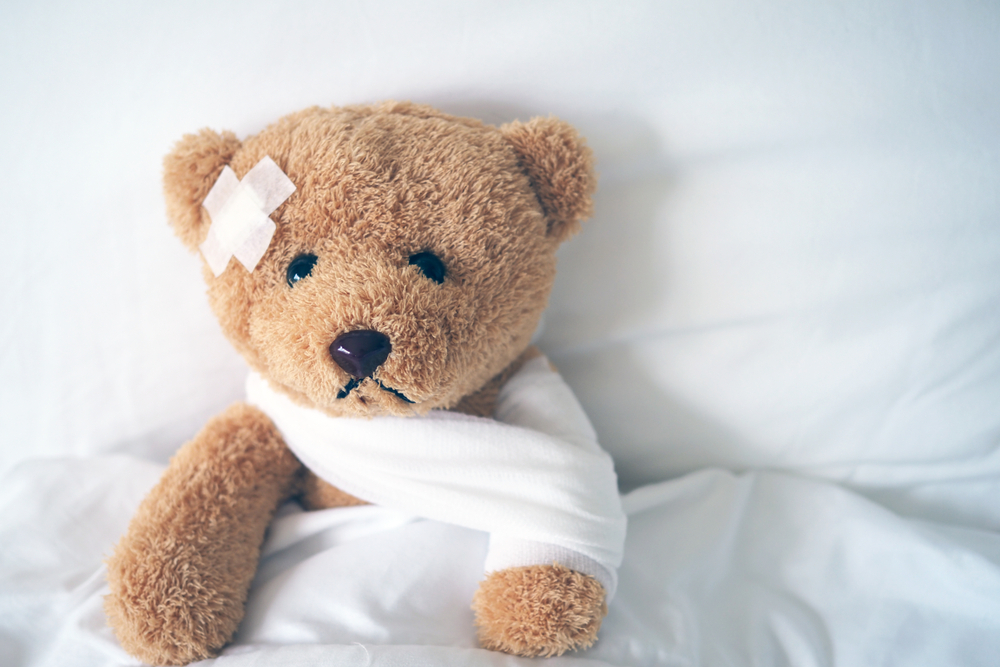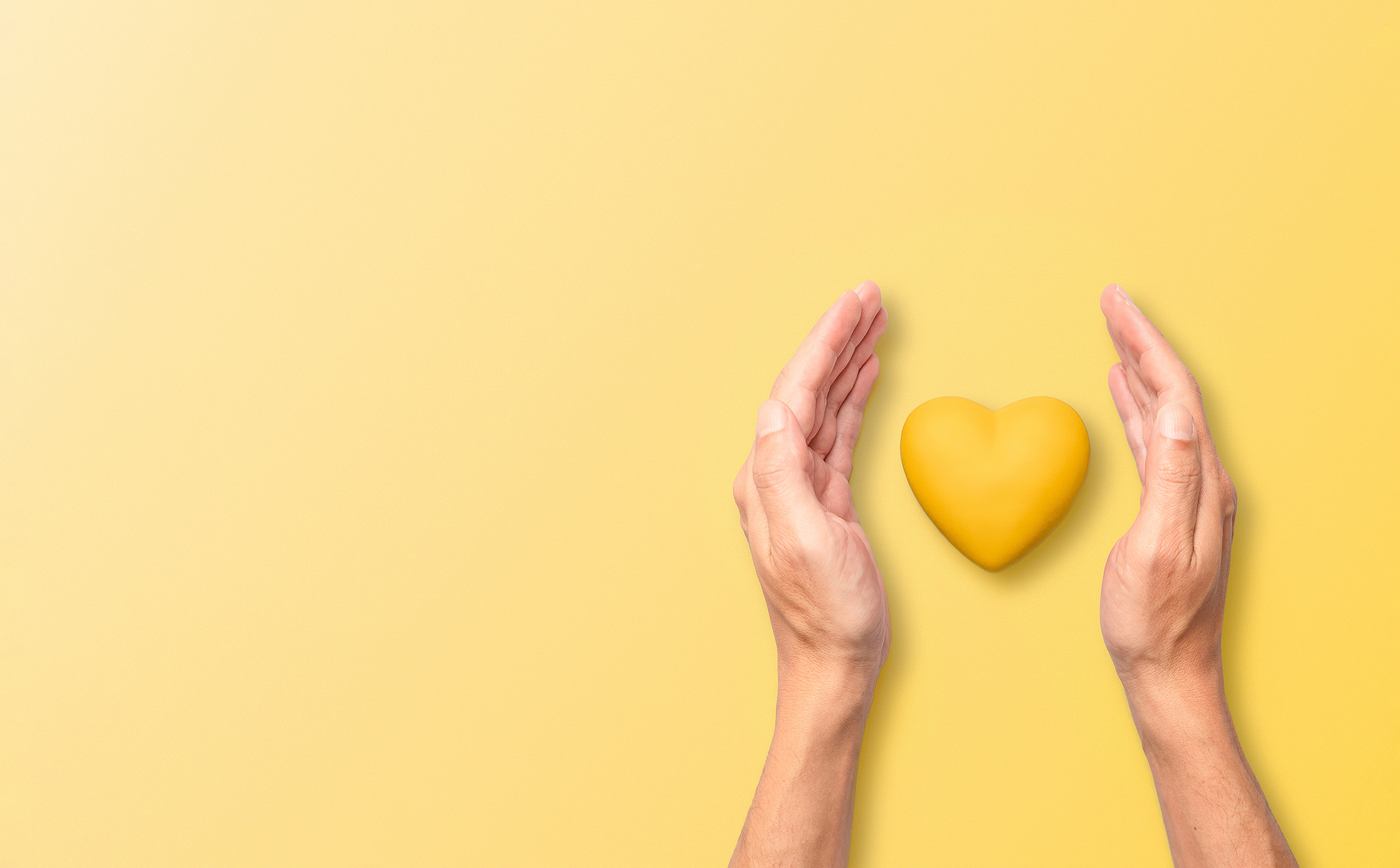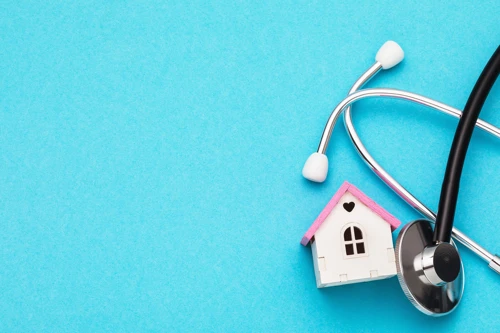Successful remote monitoring enables virtual ward for children with nephrotic syndrome
Project saved 173 bed days so far, equating to an equivalent cost saving of £86,000
Read More

Solutions

Paediatric virtual wards are an essential tool in addressing the rising demand for high-dependency paediatric care. By streamlining patient flow from acute trusts and managing the influx of patients, they reduce hospital stays and improve resource availability.
Using our advanced Docobo Remote Patient Monitoring (RPM) solution, children can be discharged from hospital while receiving specialist care at home.
These wards are designed to maintain the safety and well-being of young patients in a familiar environment, supporting both the child and their family.
Graphnet partners with clinicians, nursing teams, and consultant paediatricians to establish tailored remote monitoring systems. This includes developing condition-specific question sets for various conditions including:
· HSP (Henoch-Schönlein Purpura)
· Nephrotic syndrome
· Jaundice
· Gastroenteritis
· Bronchiolitis & respiratory conditions
In addition to consulting healthcare providers, Graphnet actively engages patients and their families throughout the process, collecting feedback and implementing improvements to prioritise patient comfort and well-being.
Contact us today or visit our virtual wards page to find out more.
Paediatric virtual wards offer transformative benefits for both patients and healthcare providers. Here are just some of the benefits:
· Faster Discharges: Children can safely return home sooner.
· Reduced Readmissions: Early evidence indicates a lower risk of returning to hospital.
· Improved Quality of Life: Families enjoy greater comfort, reduced anxiety, and the ability to maintain their routines.
· Enhanced Experience: Familiar surroundings promote better rest, diet, and reduced stress for both child and parent.
· Increased Capacity: Freeing hospital beds improves patient flow.
· Operational Efficiency: Less time on ward rounds and follow-ups post-discharge.
· Reduced Readmissions: Lower demand on emergency services and paediatric wards.
· Staff Satisfaction: Improved morale from delivering superior patient care.
Adrian Flowerday, Founder, Remote Monitoring, states: "We are impressed with how teams have embraced the Docobo virtual ward technology, enabling children to receive excellent care while at home. It’s remarkable to see the positive impact on patients, families, and healthcare providers."
The success of paediatric virtual wards reflects the dedication of clinical teams and the power of collaboration between technology providers like Graphnet. Together, we are shaping the future of paediatric care, ensuring better outcomes and experiences for patients and their families.
Contact us today to find out more.

Project saved 173 bed days so far, equating to an equivalent cost saving of £86,000
Read More

Read More

Read More
© 2025 Graphnet Health Limited . All rights reserved.
